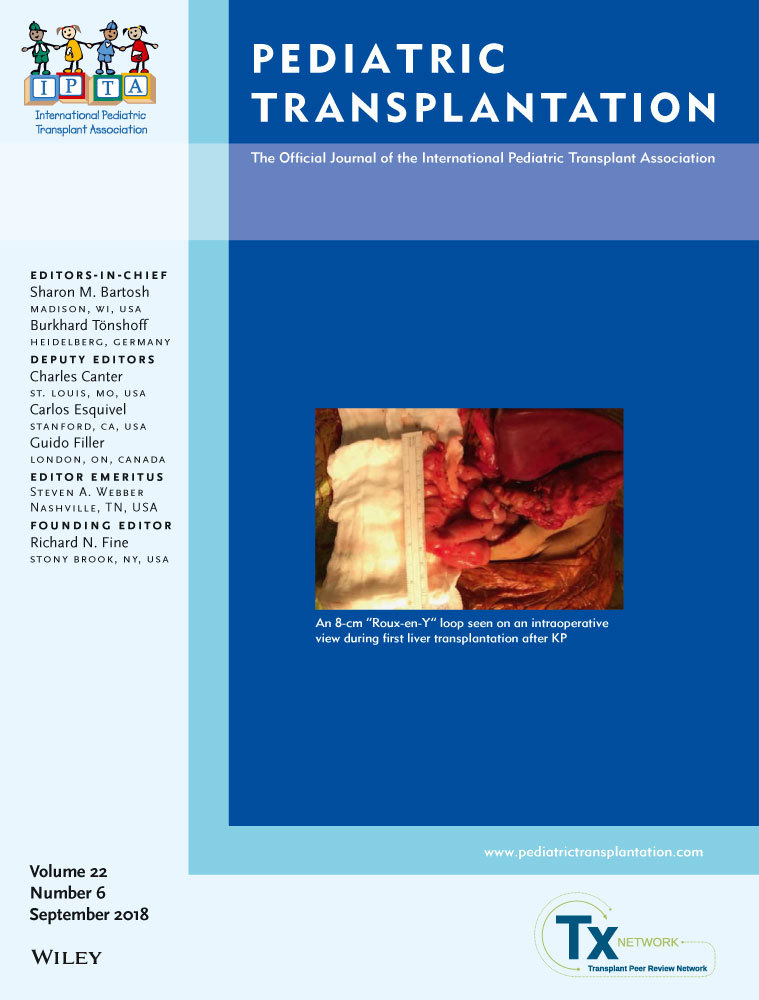Effect of CYP3A5*1 expression on tacrolimus required dose for transplant pediatrics: A systematic review and meta-analysis
Abstract
This systematic review was designed to find out optimal tacrolimus dose in pediatrics according to their CYP3A5*1 genotype by performing meta-analysis. PubMed, Scopus, ISI web of Science, ProQuest, Cochrane library, and clinicaltrail.gov were systematically searched to find studies in which tacrolimus dose and/or blood concentration and/or concentration-to-dose (C/D) ratio were determined in genotype groups of CYP3A5*1 in pediatric population. Data were extracted at 14 time points post-transplantation and meta-analysis of mean and SD was performed. In all, 11 studies including 596 pediatric transplant recipients were entered into systematic review and meta-analysis. Analysis of tacrolimus required dose, blood concentration, and C/D ratio in 14 time points post-transplantation resulted in significant differences between expressers and non-expressers of CYP3A5*1. It seems that 0.06 mg/kg/day higher tacrolimus dose in expressers can produce same blood level as non-expressers. Using results of TDM for tacrolimus dose adjustment, it takes about 1 month for patients to reach stable and optimum tacrolimus blood concentration. This is too long time period which increases the risk of immunosuppressive over/under-dose and drug toxicity or organ rejection. Considering our results, defining genetic profile helps to predict the individual required dose more rapidly, actually before beginning of treatment.
CONFLICT OF INTEREST
The authors declare that they have no conflict of interest.




